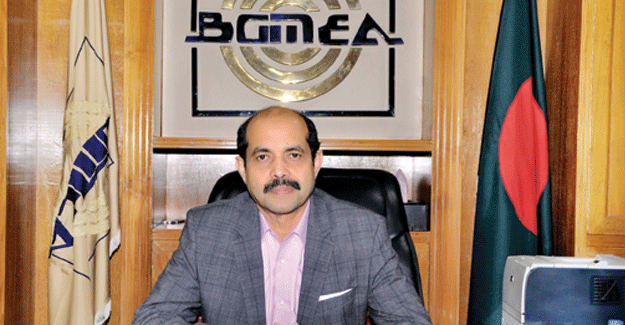H&M Joins Hands With Solidaridad To Create Sustainable Textile Supply Chain
H&M Joins Hands With Solidaridad To Create Sustainable Textile Supply Chain

H&M has joined forces with Solidaridad to develop a more sustainable textile production chain. The partnership will also focus on improving working conditions in factories and fair living wages being maintained across supply chains. The two have been working together on a range of sustainability projects for a long time, but have now deepened their collaboration with a new multi-annual partnership.
"Only if we join forces with companies will we have an impact and be able to enhance the sustainability of the entire production chain, from the cotton fields and the textile factories to the consumer in the clothing store," said Janet Mensink, international coordinator of cotton and textiles at Solidaridad. "Together with H&M, we are focusing on benefits for the environment and on improving working conditions and wages."
So, what will the two organisations work on together? Firstly, both are members of the Better Cotton Initiative (BCI), designed to teach cotton farmers and local organisations how to grow cotton in a more sustainable manner by, for example, saving water and improving the soil, but also by using fewer and harmless pesticides. The BCI also reduces water use in cotton production. H&M and Solidaridad work with the likes of C&A and G-star to improve dyeing and washing in Bangladesh. In China, Solidaridad and H&M have started a cleaner production project, called the Better Mill Initiative. The factories where textiles are washed and dyed receive tailor-made support to save energy and water, to use less chemicals and to reduce waste. The partnership will also focus on improving working conditions in factories and fair living wages being maintained across supply chains.
H&M's latest Conscious Actions Sustainability Report for 2013 includes highlights of its Fair Living Wage policy, the clothing waste recycling system and the introduction of organic leather. "H&M is a frontrunner in this field. They put serious efforts to reach their sustainability goals and are transparently reporting on their performance in the supply chain," added Mensink.
"Much has been achieved. For instance, the percentage of sustainable cotton has gone up to 15.8%. We realise at the same time that the journey ahead to reach truly sustainable fashion is a long one”.



 textileexcellence
textileexcellence 







